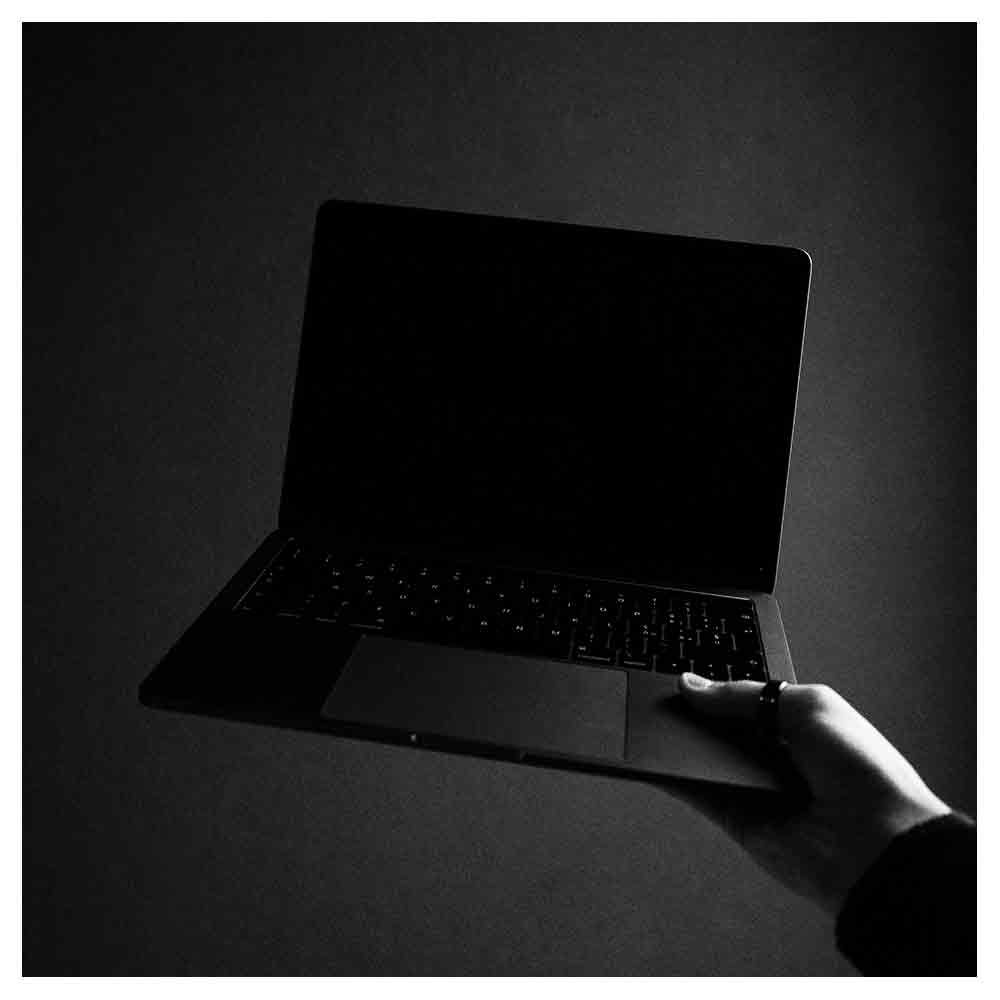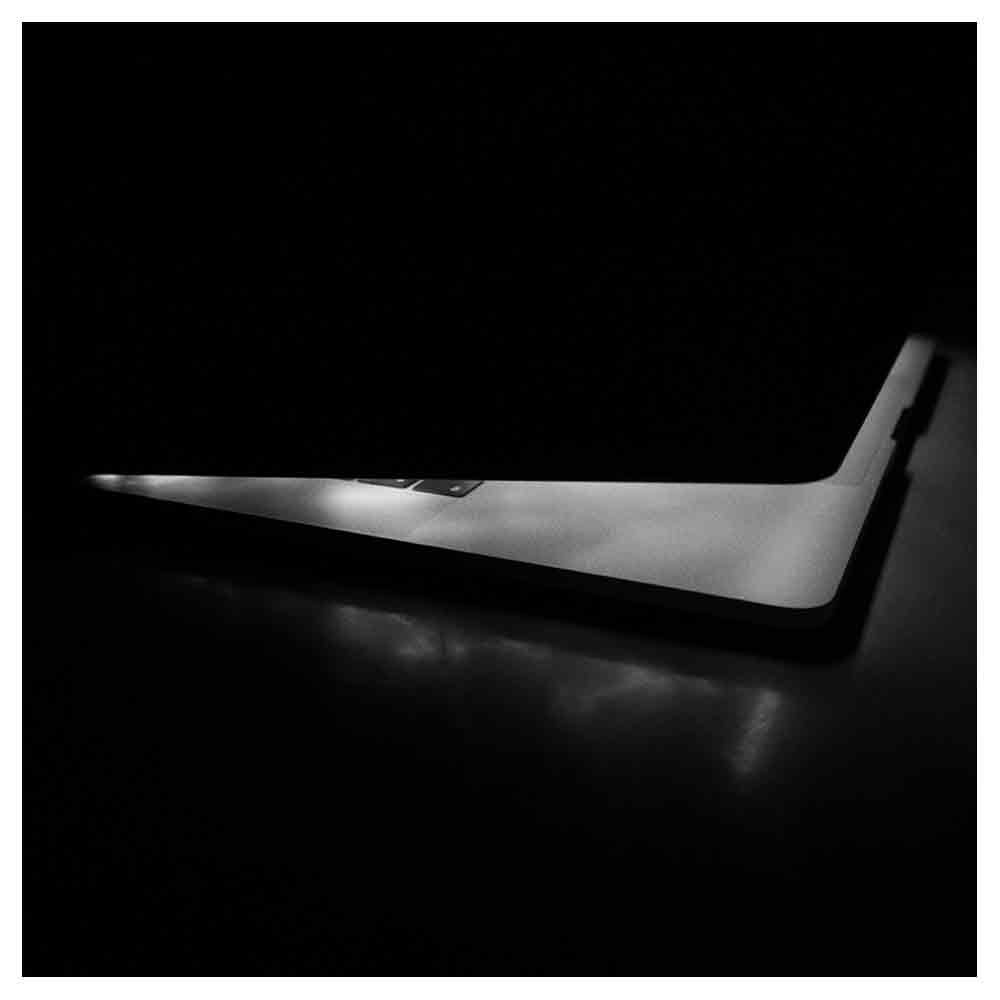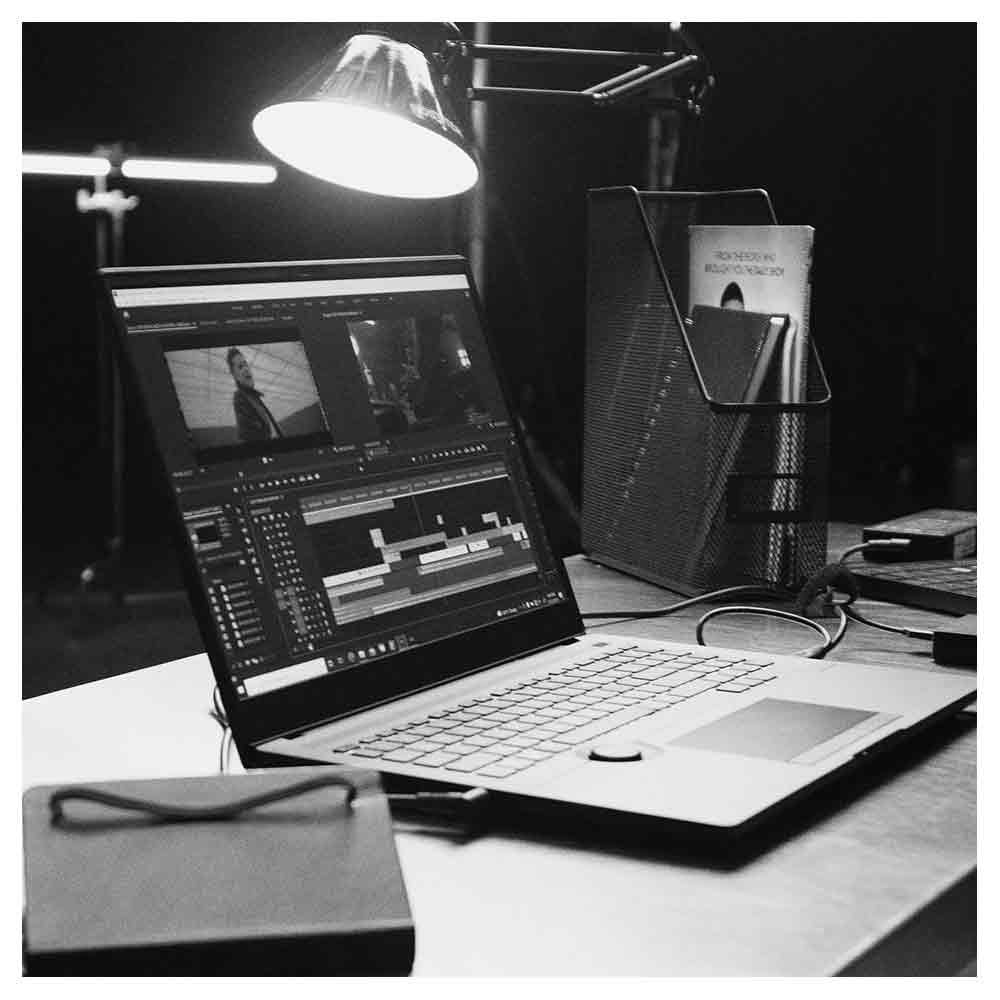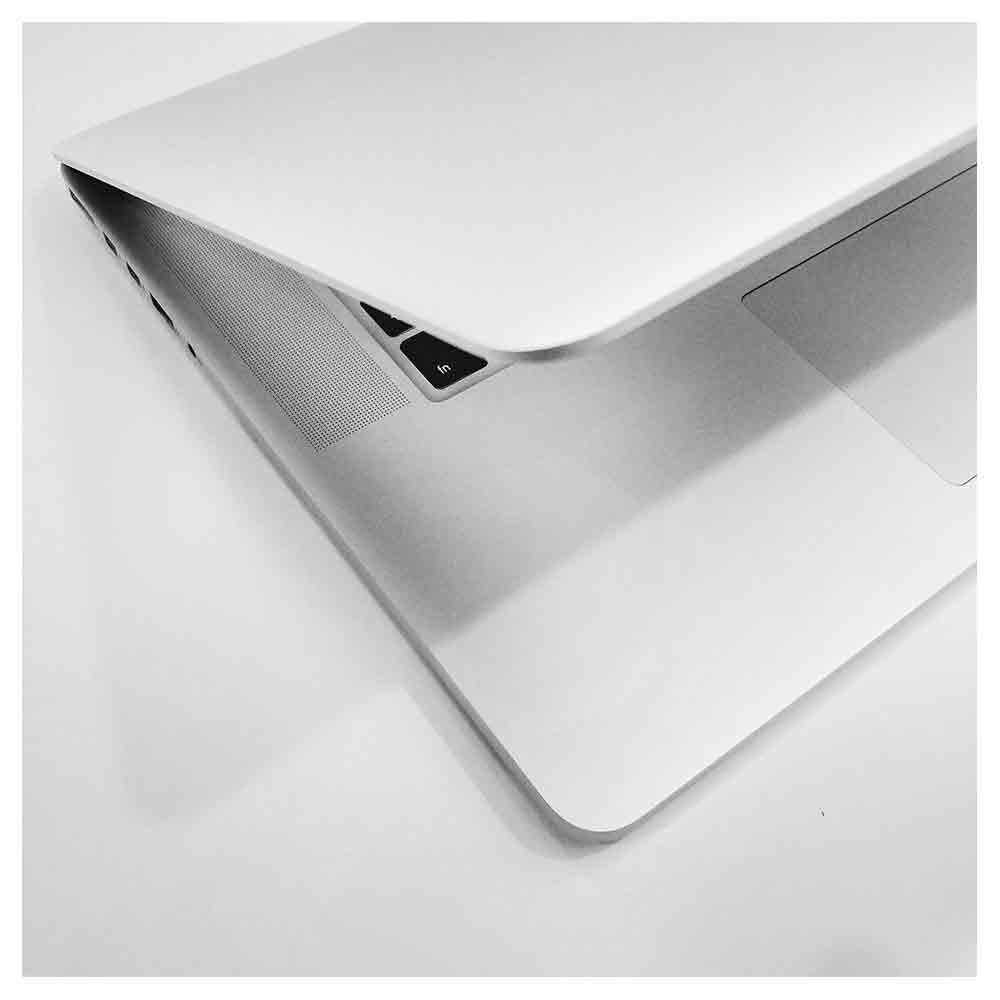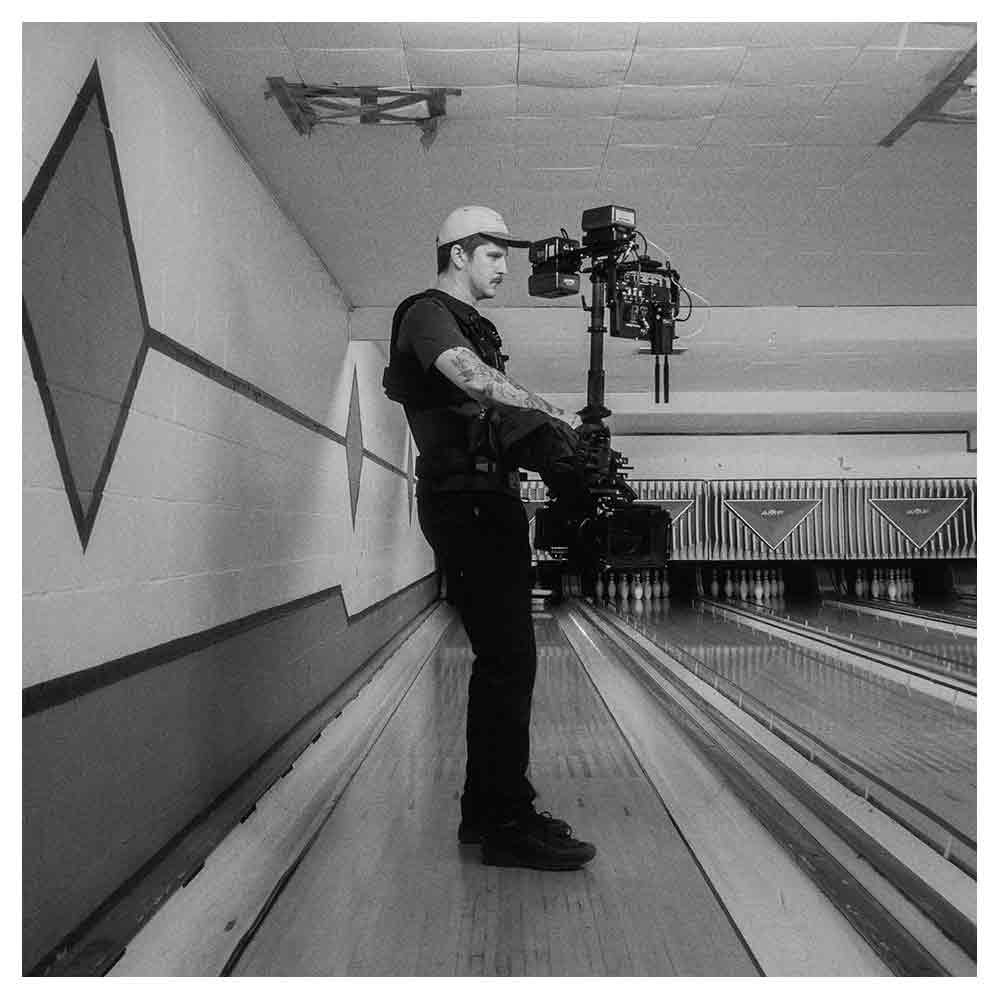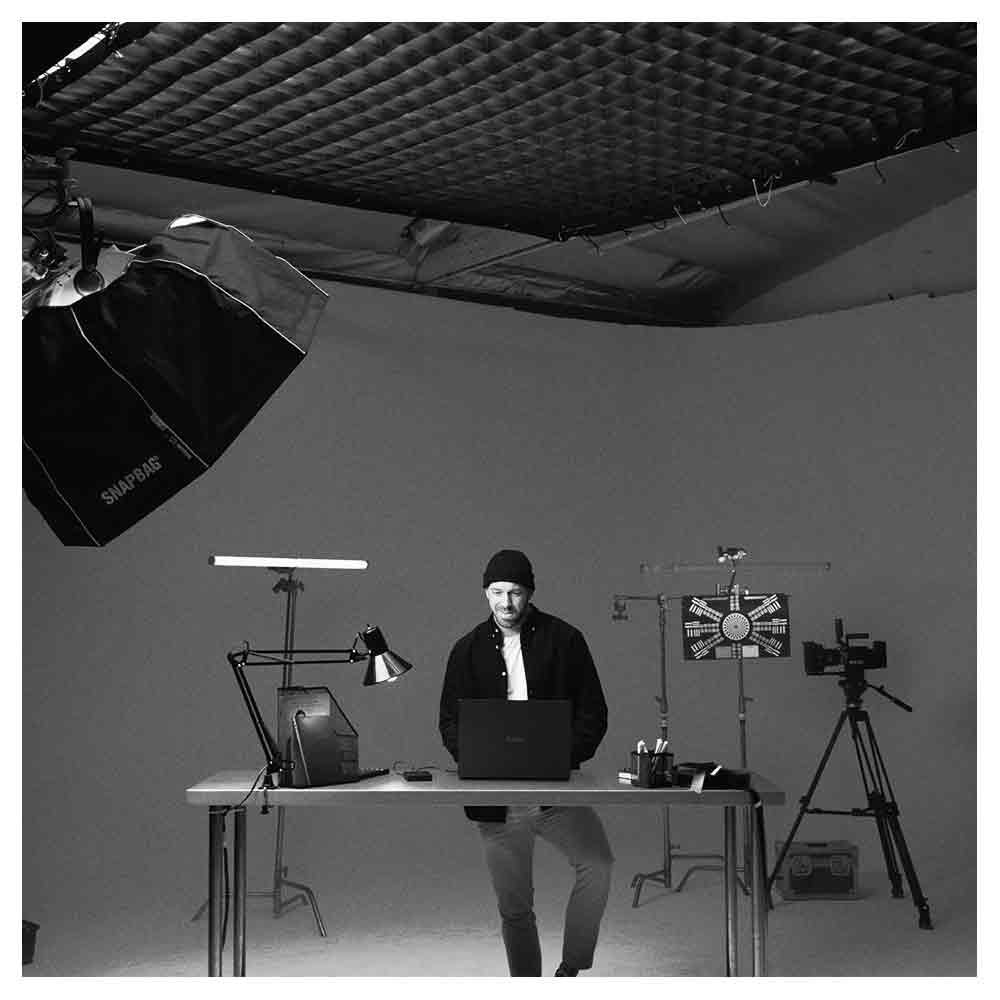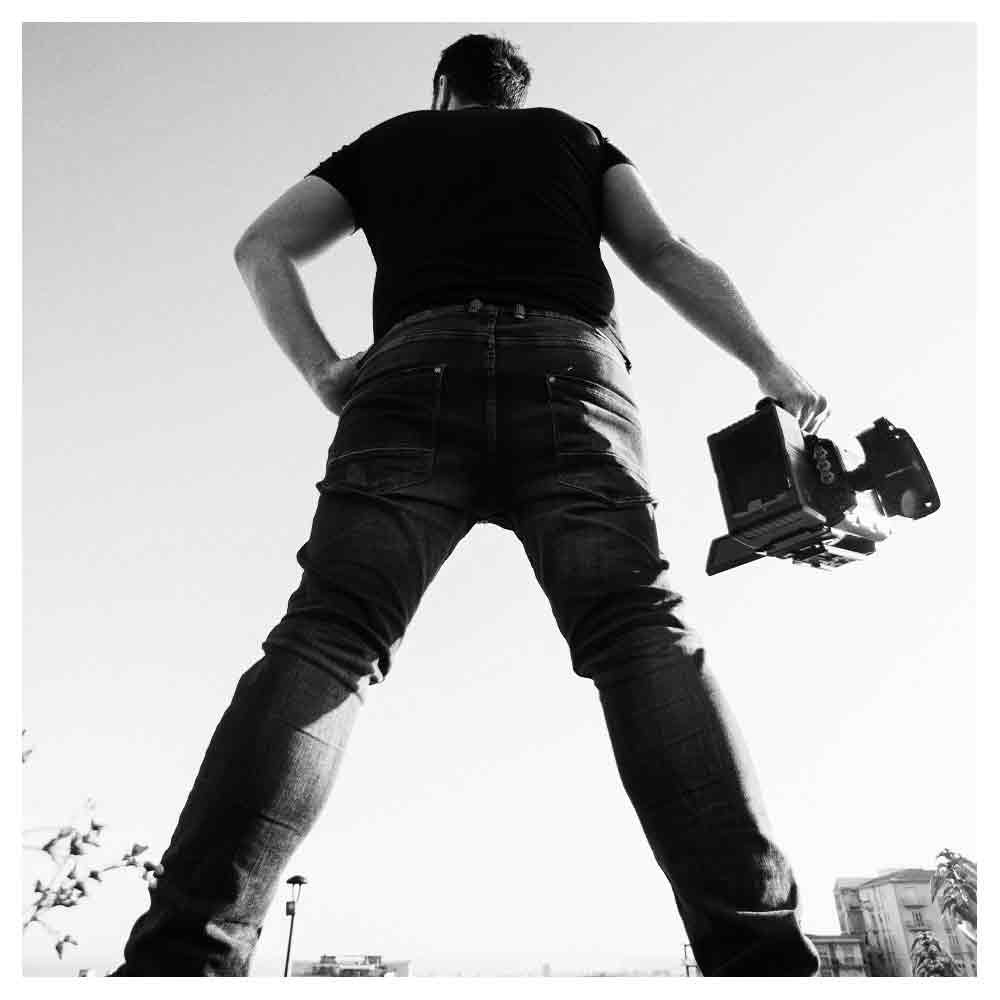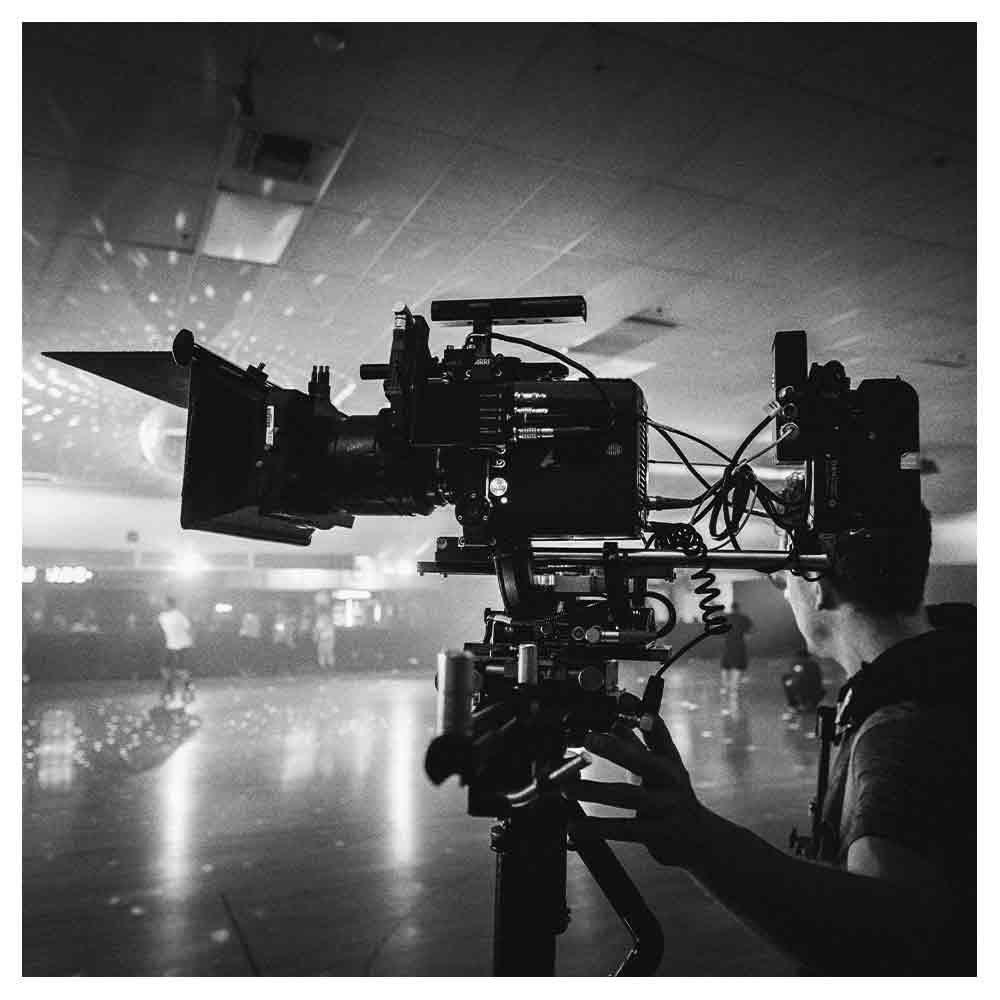A Dive into Visual Research for Filmmakers
A picture is worth a thousand words, and it's worth even more for filmmakers. In film and video production, visual research serves as a cornerstone, influencing the narrative and aesthetics of the final product.
This exploratory journey through visual research will guide you through its significance and methods, offering crucial insights for every filmmaker.
What is Visual Research?
Visual research is a method of inquiry that uses images, videos, and other visual materials as primary data sources.
It's a vital aspect of qualitative research, rooted in disciplines such as visual studies, behavioral sciences, and social research.
Visual research helps filmmakers uncover and understand the social world they're trying to depict, providing a rich context for their narratives.
It's an integral part of the research process, involving photo elicitation, visual ethnography, and visual methodologies.
The Power of Visual Methods
Visual methods go beyond simple observation; they involve creating, manipulating, and interpreting visual data, such as photographs, videos, and visual images.
These methods can range from traditional techniques like photography to new forms of data generation using advanced technologies.
Visual research methods empower filmmakers to achieve greater depth in their storytelling, offering a unique perspective on their subjects.
This creative process aids in meaning-making, allowing filmmakers to convey complex ideas and emotions through visual representation.
Harnessing the Potential of Visual Methodologies
Visual methodologies are a suite of techniques used to analyze visual data. These methodologies provide a structured approach to understanding the visual material, helping filmmakers decode the visual culture surrounding their subjects.
In addition to traditional methodologies like content analysis and semiotics, innovative approaches such as visual ethnography and photo elicitation are becoming increasingly popular.
These creative methods allow filmmakers to engage their research participants more deeply, eliciting rich, nuanced data that can inform and enrich their work.
The Role of Visual Culture
Understanding visual culture is essential for filmmakers, and it encompasses the myriad ways in which graphical images shape and are shaped by social, cultural, and political dynamics.
Through visual research, filmmakers can explore the visual culture of their subjects, drawing insights that inform their narrative and aesthetic choices.
Practical Applications in Filmmaking
Visual research plays a crucial role at various stages of filmmaking, from pre-production to post-production. Here's how:
Pre-production: Visual research helps filmmakers in the development of their projects. It allows them to gather valuable data about locations, characters, and cultural contexts, informing the scripting and planning stages.
Production: Visual research continues to inform the filmmaker's decisions during production. It guides the selection and composition of shots, the design of sets, and even the direction of actors.
Post-production: In the editing suite, visual research again comes into play. It informs decisions about the sequencing of shots, the use of visual effects, and the overall visual style of the film.
Conclusion
In filmmaking, visual research is more than a method or a tool - it's a mindset. It's about seeing the world through a lens, capturing the complexity and beauty of the visual world, and weaving it into compelling narratives.
Whether you're a seasoned professional or an aspiring filmmaker, harnessing the power of visual research can elevate your work, lending it depth, authenticity, and impact.
By incorporating visual research into your creative process, you're not just making films - you're exploring and documenting the world, one frame at a time. So grab your camera, open your eyes, and dive.
Frequently Asked Questions About Visual Research in Filmmaking
What does a visual researcher do in filmmaking?
A visual researcher in filmmaking is responsible for gathering and analyzing visual data that will inform various stages of film production.
This data collection can include historical photographs for a period piece, visual ethnography to understand a specific community or even research visual trends for a futuristic setting.
They use this data to guide aesthetic and narrative decisions, contributing to the film's authenticity and impact.
What are the benefits of visual research in filmmaking?
Visual research can significantly enhance the filmmaking process in several ways:
Authenticity: It can provide a deeper understanding of the film's subjects and settings, contributing to the narrative's authenticity.
Aesthetics: Visual research can guide aesthetic decisions, helping filmmakers to create visually compelling and culturally accurate scenes.
Narrative Depth: Visual research can add depth and nuance to the film's narrative by informing script development and character design.
Audience Engagement: Films informed by visual research can resonate more deeply with audiences, creating a more immersive and engaging viewing experience.
Why are visuals so effective in filmmaking?
Visuals are a powerful storytelling tool in filmmaking. They can convey complex emotions, ideas, and narratives in a way that words often cannot. They can create mood, evoke emotions, and transport viewers to different times and places.
Visuals are a universal language transcending cultural and linguistic barriers, making films a globally accessible art form.
What are some visual research methods used in filmmaking?
Filmmakers employ various visual research methods, including visual ethnography, photo elicitation, and content analysis. Each technique provides unique insights that can inform and enhance the filmmaking process.
What is visual ethnography?
Visual ethnography is a method of research that uses visual materials - like photographs, videos, and other visual media - as a primary data source.
It's a powerful tool for understanding the lived experiences of individuals and communities, providing rich, nuanced insights that can't be captured through words alone.
What is photo elicitation?
Photo elicitation is a visual research method where researchers use photographs to prompt responses or discussions during interviews.
This visual methodology can help evoke more profound, emotional responses, providing richer data for analysis.
How does technology impact visual research in filmmaking?
Technology plays a significant role in visual research for filmmaking. It has expanded the possibilities for capturing and analyzing visual data with tools ranging from digital cameras and drones to virtual reality and artificial intelligence.
These technologies can open up new research opportunities, from creating immersive experiences to analyzing vast amounts of visual data innovatively.





